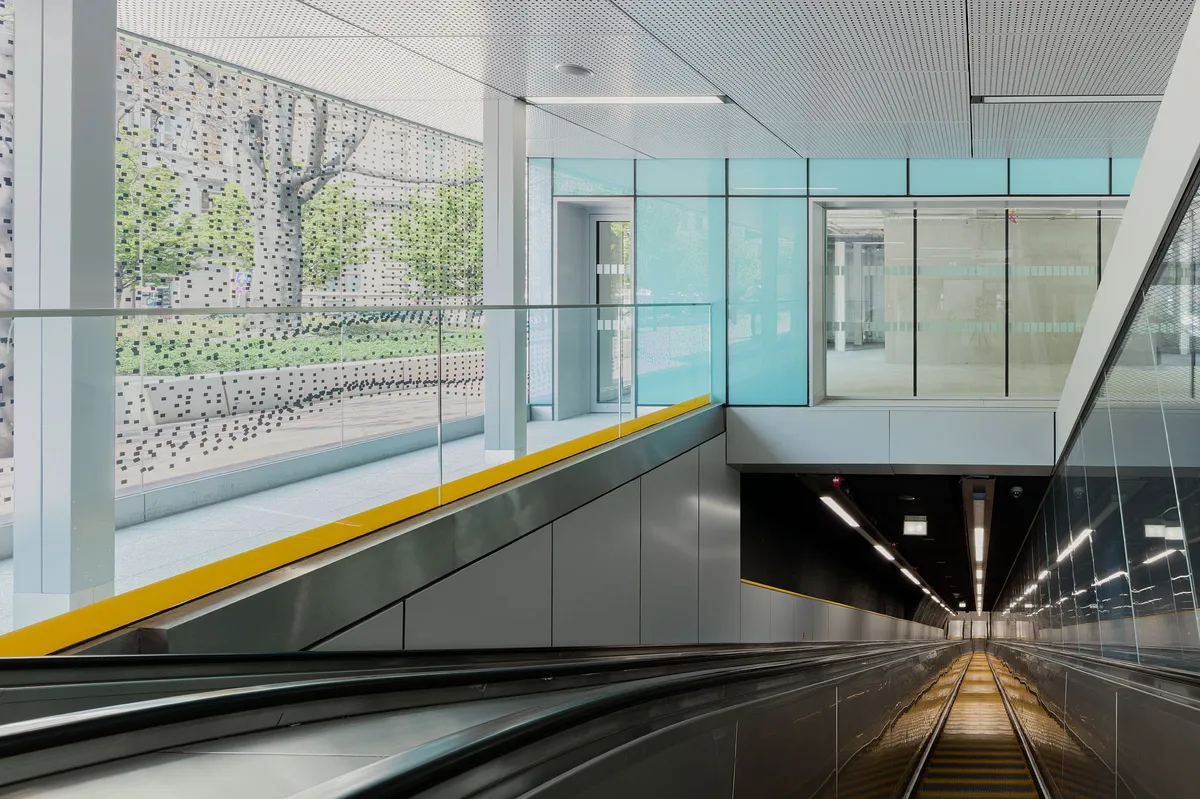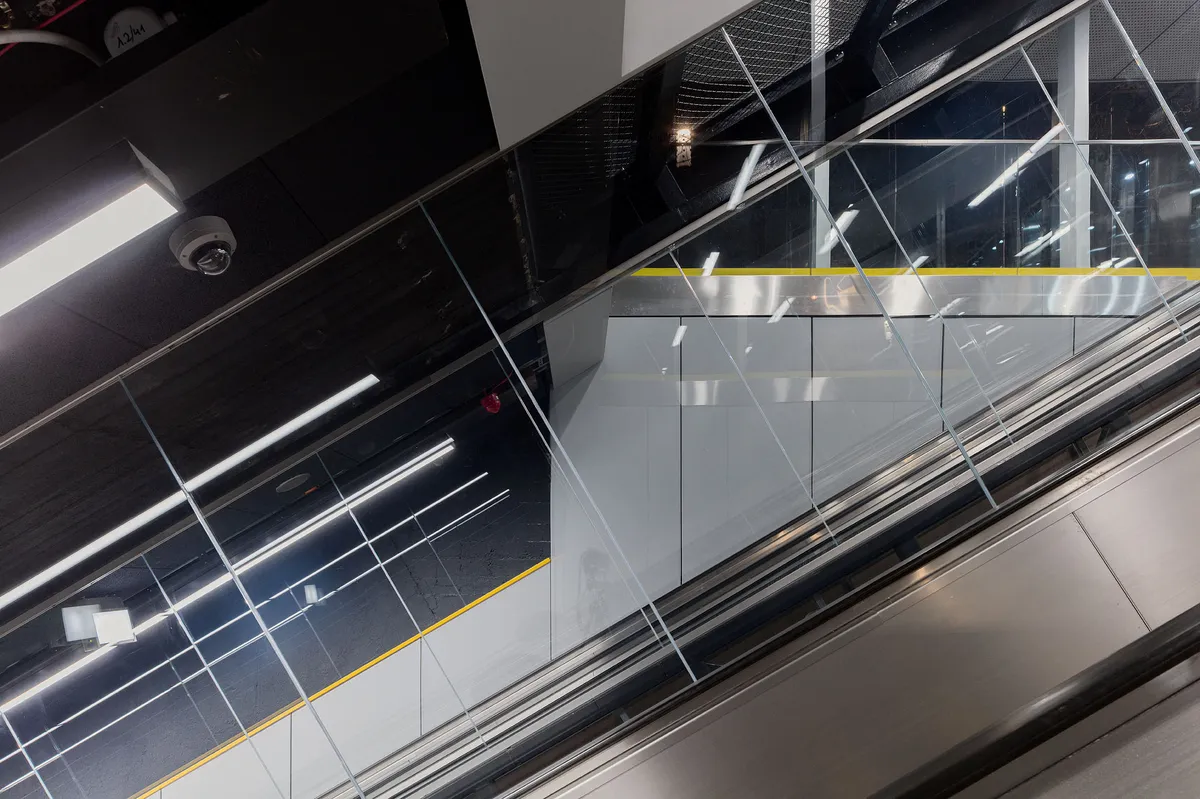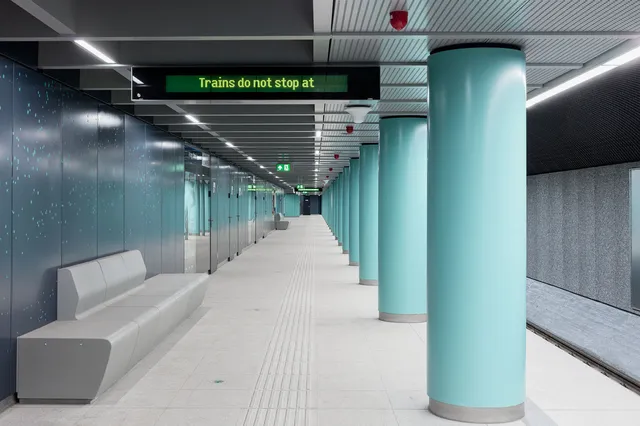
1/10

2/10

3/10

4/10

5/10

6/10

7/10

8/10

9/10

10/10

Author(s) / Team representatives
Tibor GERMÁN, Balázs CSAPÓ
Profession
architect
Collective/office
PARAGRAM Studio
Co-authors/team members
Balázs GURDON, Bence HARGITAI, Sándor LIZICZAI, Anikó NAGY-KÁRMÁN, Eszter NAGY, Orsolya STRAK-TAKÁCS
External collaborators
Engineering and general design: FŐMTERV 'TT Zrt.
Project location
Budapest, Hungary
Budget in euros
22 800 000 euro
Area
4 540 sqm
Project start date
February 2020
Construction completion date
March 2023
Client
BKV Zrt. Metro Reconstruction Project Directorate
Builder
Swietelsky Építő Kft.
Website
Photo credits
Balázs DANYI



